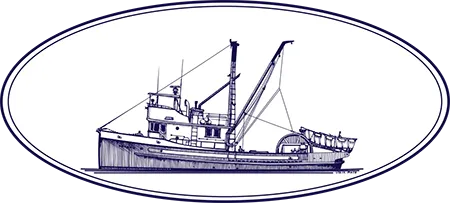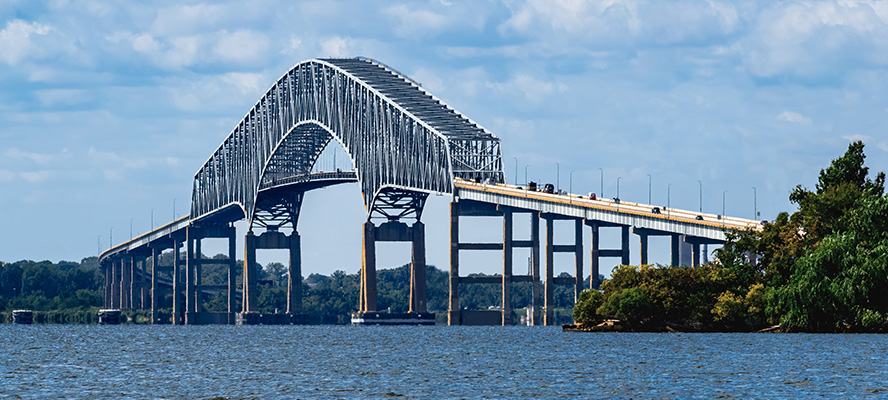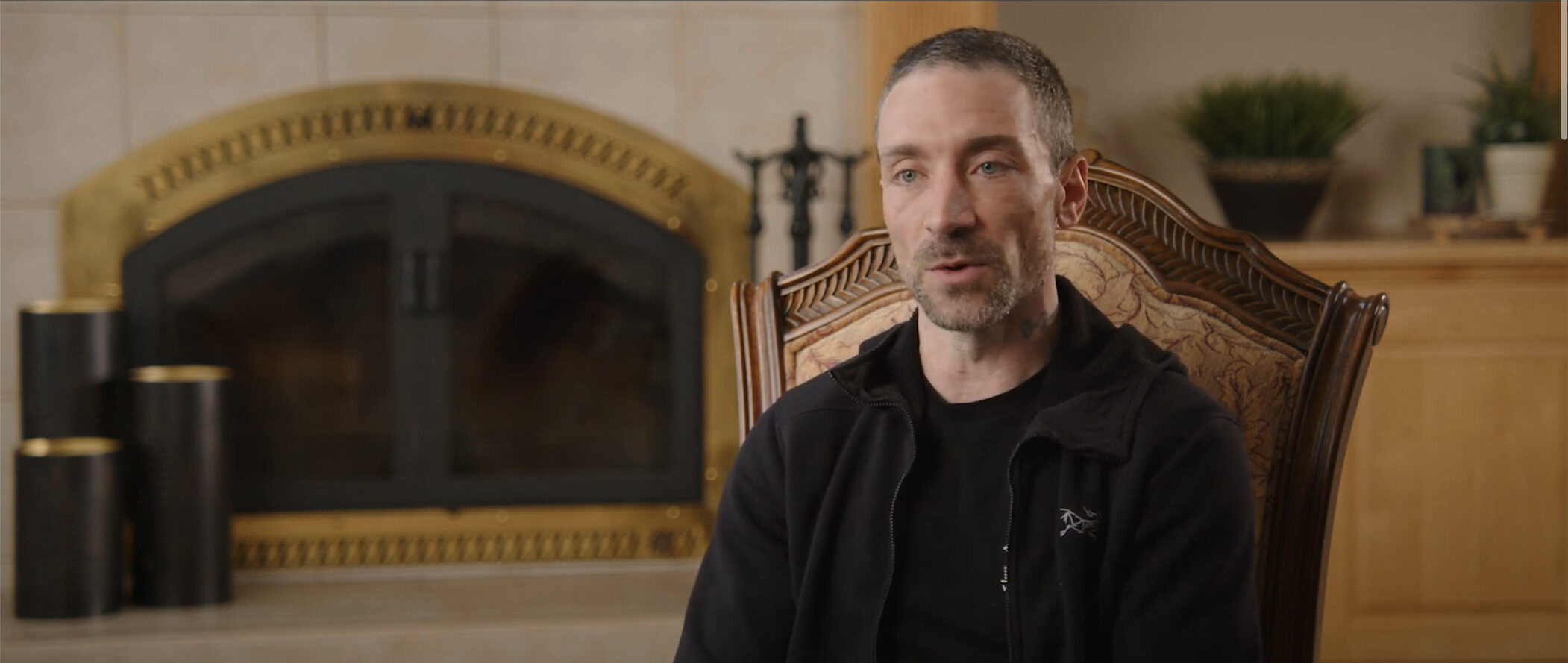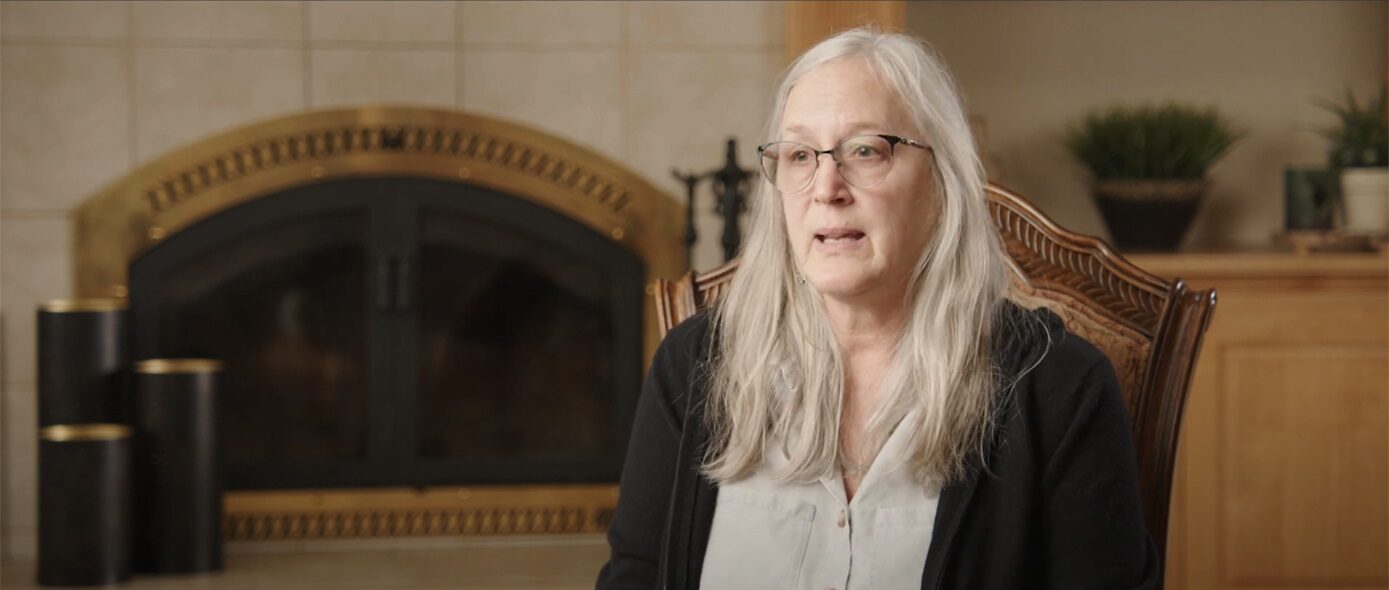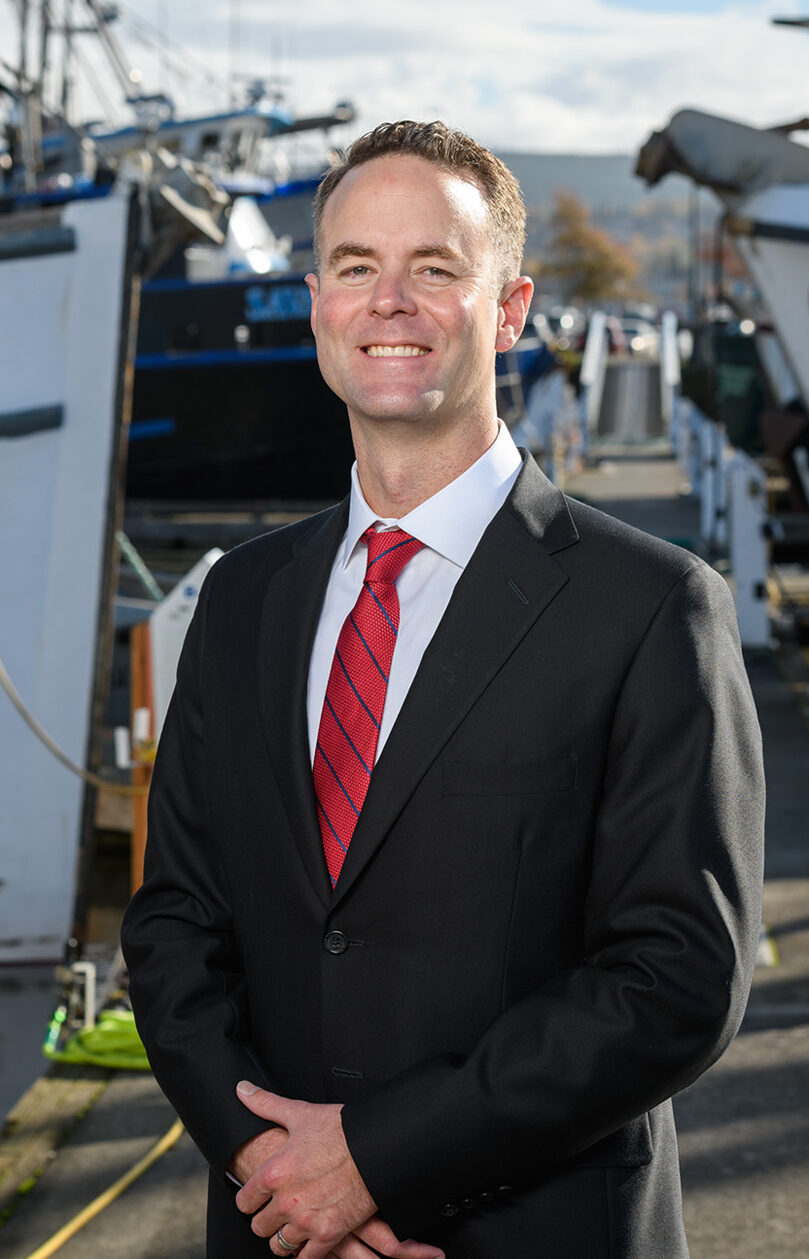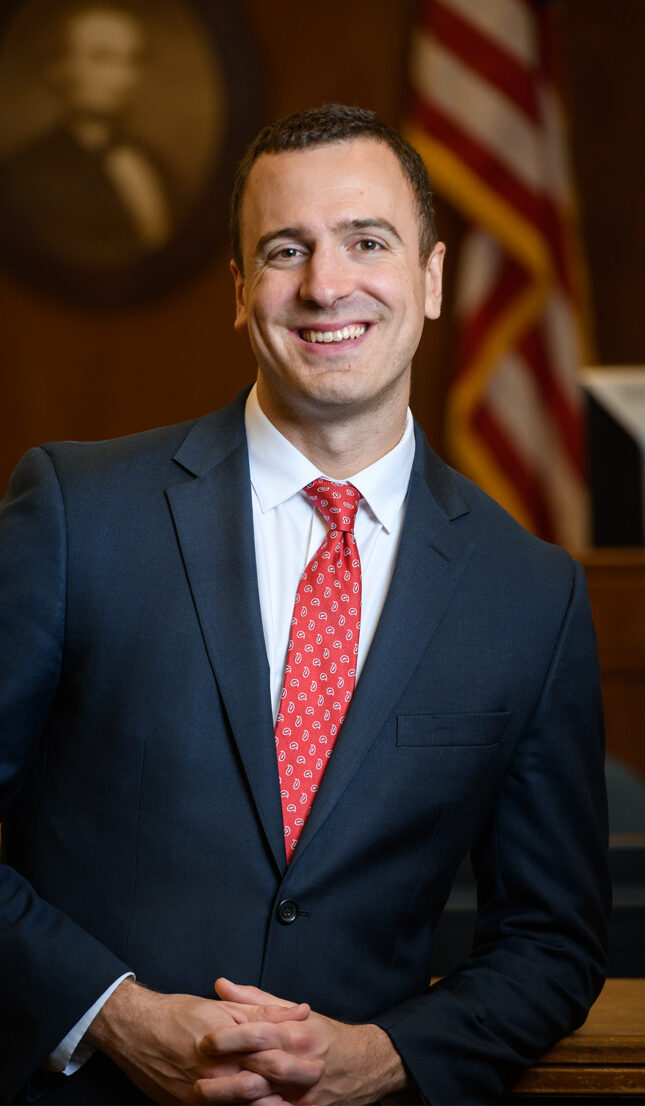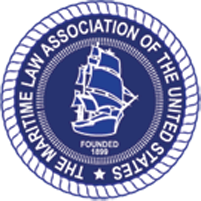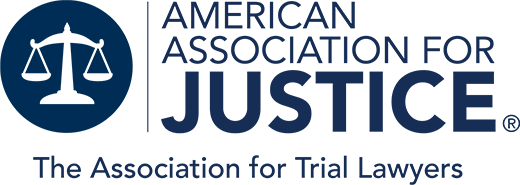Baltimore Bridge Collapse
On March 26, a 200-million pound cargo vessel slammed into the iconic Francis Scott Key Bridge in Baltimore, causing a total collapse and sending multiple cars into the Patapsco River. Six people are believed to be dead while another person is believed to be in critical condition at a local trauma center. The injuries suffered by the second person are unclear at this time, but may include head injuries or spinal cord injuries. In addition, the injured person may be able to sue for PTSD and Pain and Suffering.
The collision has been ruled an accident and not an act of terror, and the Coast Guard has been removed from an active search pattern.
The impact to Baltimore’s people and economy has been immediate. Vessel trade in and out of the Port of Baltimore was suspended on March 26, and has not been reinstated as of this article’s writing.
In addition, the legal consequences of the bridge collapse are relatively complex. In this article, we’d like to explore some of the legal ramifications of the bridge collision.
A few key facts:
- The Dali lost power moments before hitting the bridge support.
- The Dali is operated by Singaporean firm Synergy Marine Group.
- The Dali is owned by Grace Ocean Private Ltd., another Singaporean firm.
- Both companies have been previously sued for workplace injuries including:
- A 2019 lawsuit showing a man suffered broken bones when a rope ladder snapped
- A 2019 lawsuit for a Texas worker when a hatch opened prematurely
- A 2021 lawsuit showing a longshoreman injured when a handrail collapsed
- The Dali was previously reported to have struck a quay wall in 2016
Who Could Be at Fault?
It is unclear at present who, if anyone, is currently at fault. However, the chances of lawsuits are high, and would likely be directed towards Synergy Marine Group as the operating company. Whether or not the company would be found to be at fault is unclear.
In general, fault could lie with any of the following groups:
- Boat Operator or Owner: In the most likely case, Synergy Marine Group or Grace Ocean Private Ltd. Would be held responsible as the two companies are responsible for the proper operation and maintenance of the boat. If the boat’s safety checks were rushed or ignored resulting in poor maintenance, or if the boat workers did something that resulted in the boat striking the bridge, then the blame may be assigned to the Dali’s operator or owner. Additionally, it could be argued that the vessel did not have a plan for a blackout or power loss, which could be seen as negligent.
- Repair servicer: It is also possible that the accident was the result of an equipment malfunction that is the result of poor maintenance. Reports show that power was lost on the boat prior to the collision; this could be the result of a defective repair or maintenance contract or of a catastrophic engine loss. If this is the case, then blame might be passed onto the company contracted to maintain or repair the Dali or to the ship manufacturer.
- Mechanical failure: It is possible that the ship malfunctioned in a way that was not foreseeable. If the ship’s engines or other systems malfunctioned not as result of negligence, then it is possible that the fault will lie with the manufacturing group.
Who eligible to sue?
There are three main groups who may be eligible to sue as a result of the bridge collapse:
- The families of the six individuals who were on the bridge when it collapsed. These families can sue for wrongful death or injury. The amount the families can collect are based on the possible wages the deceased may be expected to have collected during their lifetime.
- Companies scheduled to deliver or pick up their cargo but can no longer due so due to the collision. These companies have been blocked from the port and will be delayed significantly due to an emergency order from the state of Massachusetts halting movement in and out of the Port of Baltimore.
- Companies who may be impacted by the ship’s delivery. This includes any companies whose cargo is on board the ship and cannot be delivered as a result of the collision and companies whose cargo is at port and will now miss schedule as a result of the collision.
Insurance Payouts
Most likely, the Dali will be covered by its Protection and Indemnity Club (a common form of insurance in the maritime world). The total damages, however, are staggering. Some experts place claims for damages to the bridge at $1.2 billion, while wrongful death and business interruption claims might range from $350 to $700 million.
However, the Limitation of Liability Act of 1851, sometimes known as the “Titanic Law,” may limit the amount required payout by Synergy Marine & co.
The law reduced the total required payout the value of the vessel as well as any “pending cargo,” which is any cargo on board the vessel. This law only applies if the owners can prove that they did not have knowledge or privity to the damaged-causing negligence.
This leaves some question as to whether or not Synergy Marine or Grace Ocean will actually pay for the entirety of the damages and who will be responsible for funding the bridge’s replacement. President Joe Biden stated in remarks at noon on March 26 that he intends for the federal government to pay for the bridge’s replacement in its entirety, but what follows remains to be seen.
